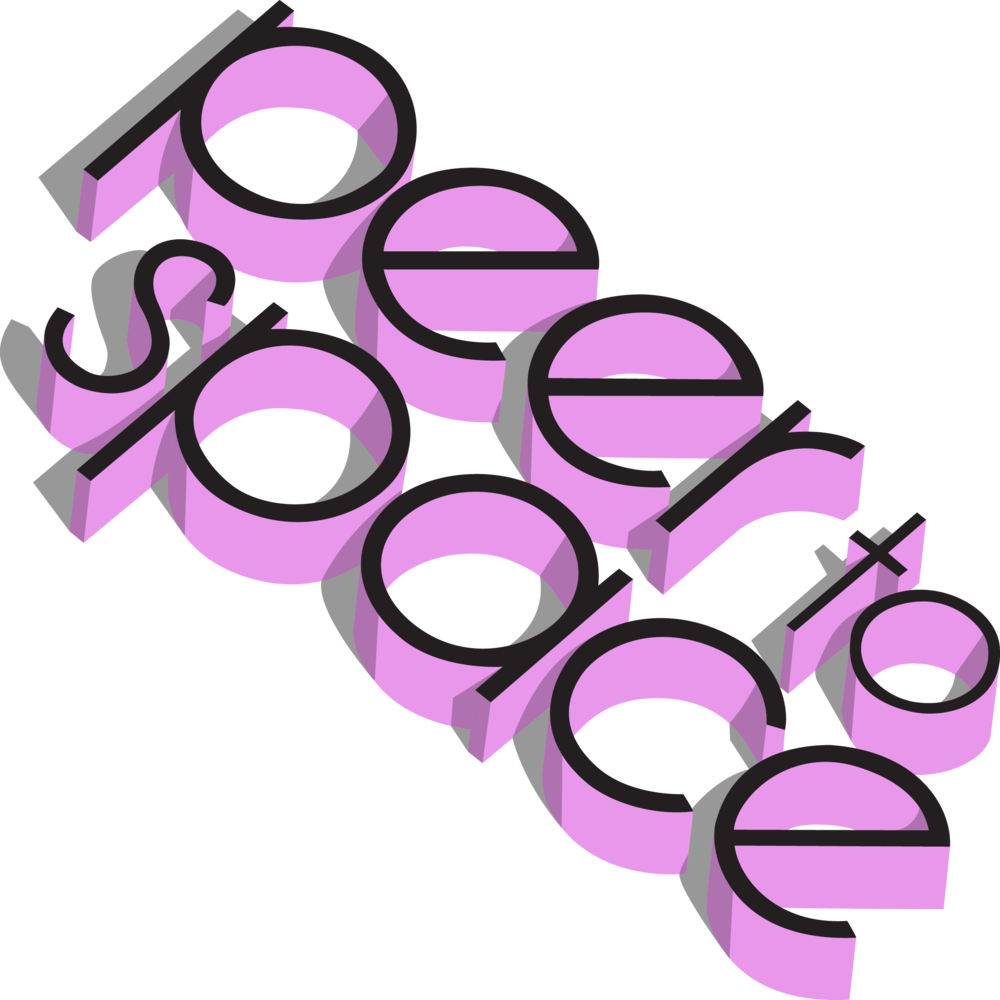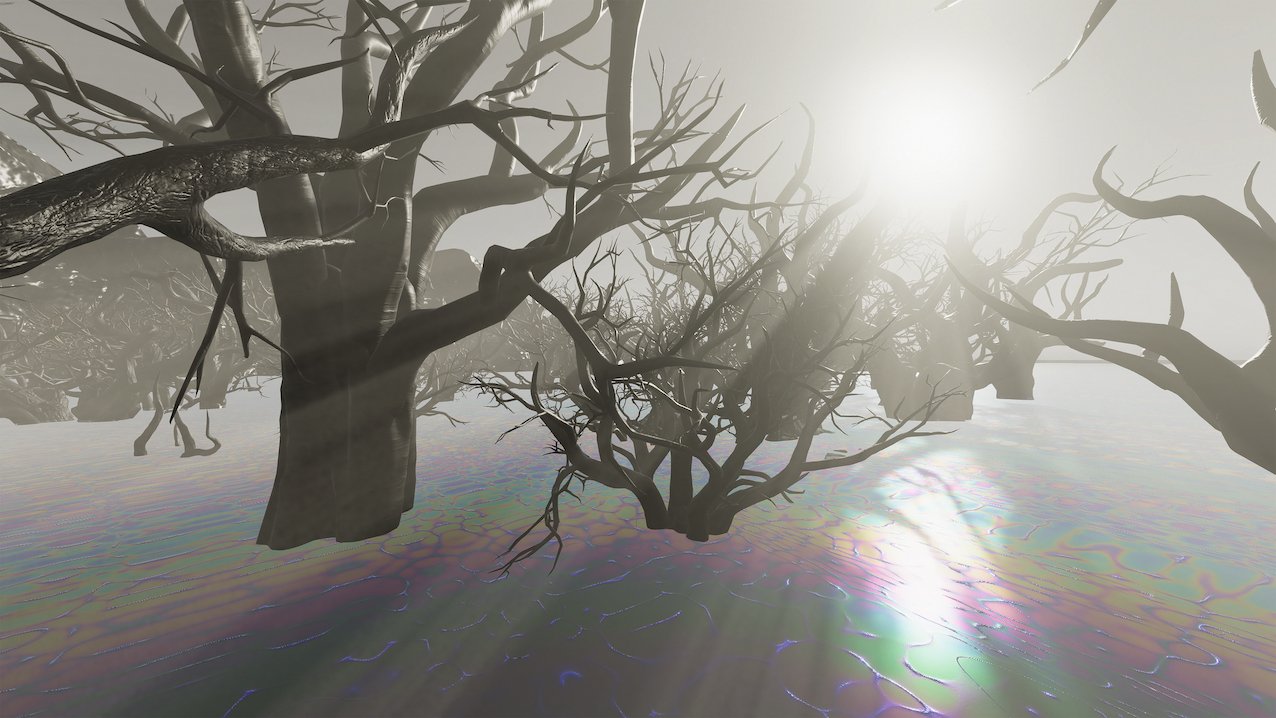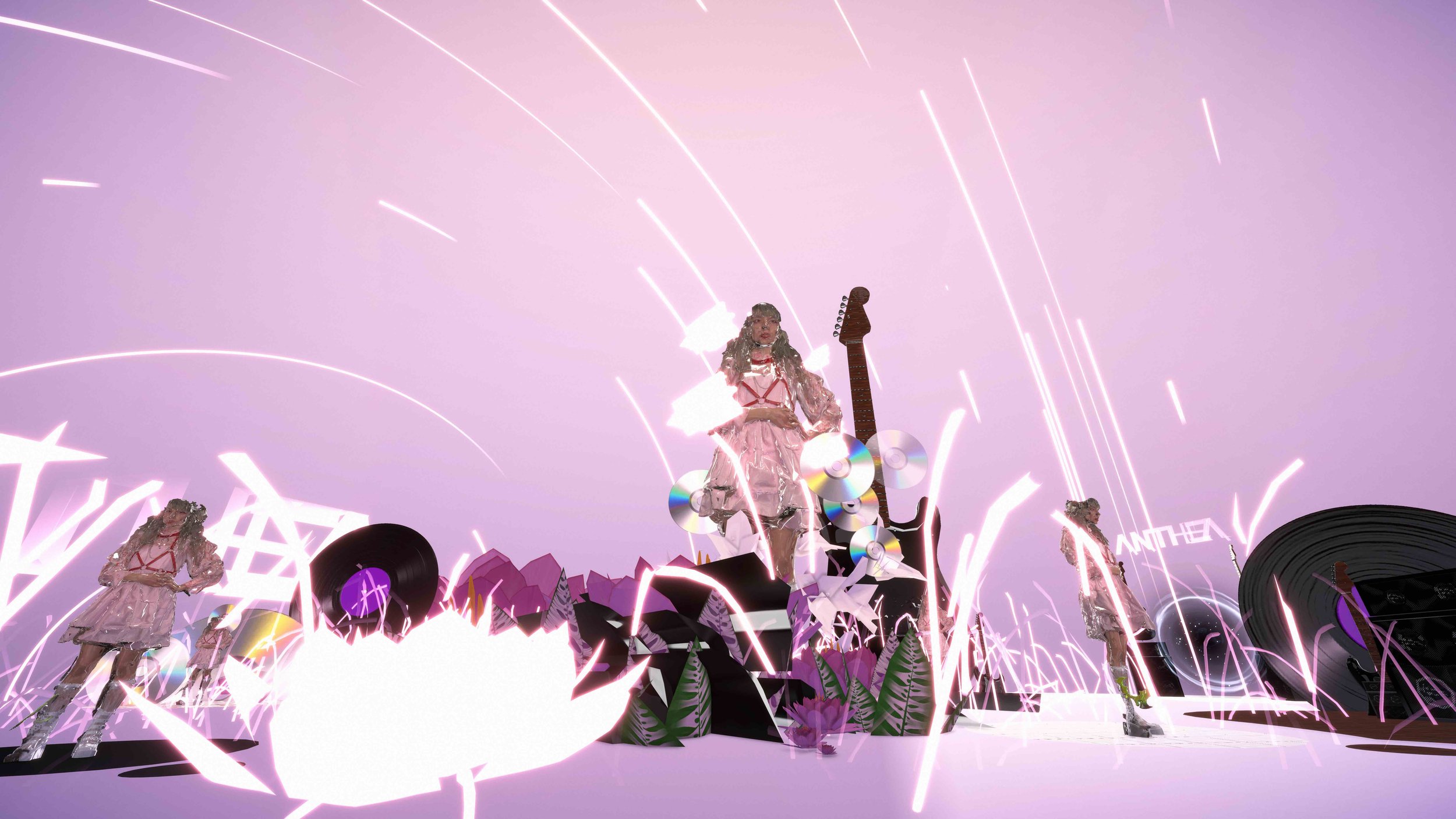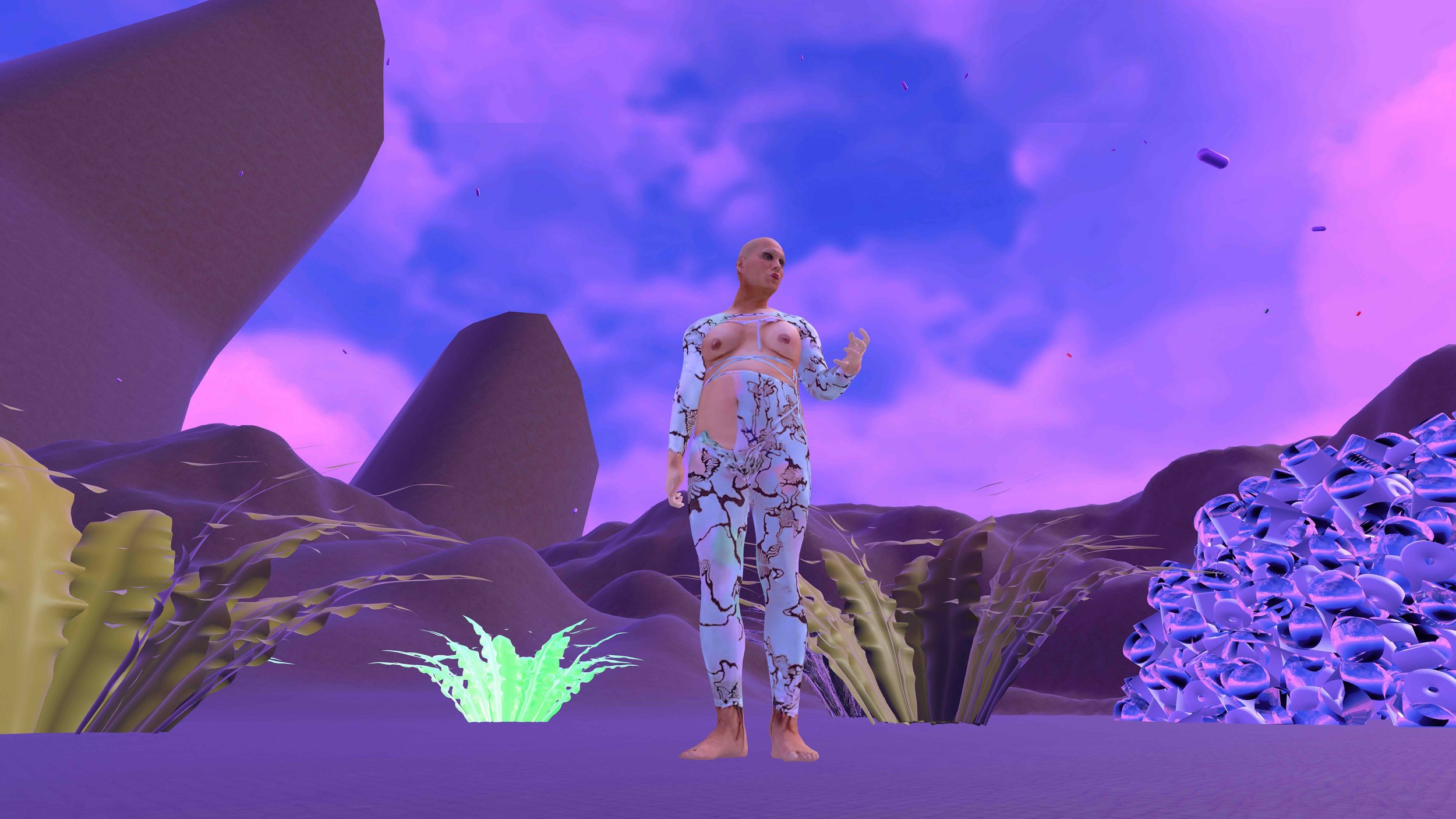UNLEASHED UTOPIAS. Artistic Speculations about Today and Tomorrow in the Metaverse
Opening: September 8, 2023, 7 pm
Award Ceremony: September 15, 2023, 7 pm
At: Haus am Lützowplatz, Berlin
Artists: Marlene Bart, Anan Fries, Mohsen Hazrati, Rebecca Merlic, Lauren Moffatt
Curator: Dr. Tina Sauerlaender
The notion of a better world is closely tied to utopia as a theme. The term literally describes a wonderful place that does not exist. It means that the design for an ideal society is a criticism of the current situation. Utopias are based on questions such as: What happens if we change a couple of rules? How can we live well together? Thus, utopias also inherently have great potential for societal change and visions for a better future.
In this exhibition, the grant winners of the VR ART PRIZE of the DKB in Cooperation with CAA Berlin show how we might be able to deploy new technologies for a more just, multifaceted, and personal coexistence. They are alert to the changes in values and norms currently going on in society and link their speculations to topical debates. With the help of virtual reality and site-specific installations, the artists create accessible, immersive, experiential utopias. They critically speculate upon artificial intelligence, 3D scanning, animation techniques, research in scientific fields, or the metaverse.
Marlene Bart works with digitized natural history artifacts, bringing them to life in virtual worlds and producing a new perspective of our concept of nature. Anan Fries renounces the division between nature and technology to overcome the boundaries between biological genders, creating a world in which all bodies could be pregnant. Rebecca Merlic celebrates the liberation of binary identities, physical transformation, and the diversity of human individuality. Mohsen Hazrati combines figures from Iranian myths and soothsaying traditions with forms of artificial intelligence, altered by the artist to provide us with cryptic advice for our futures. Lauren Moffatt looks at the interior human, gathering data from it via artificial intelligence and combining it with painting to create a multilayered, intimate landscape.
The artists’ unleashed utopias rattle not only societal norms but also the purely profit-oriented use of new technologies. With their radical speculations, they open up new perspectives of our lives, our coexistence. Through their visions, they reinforce the values such as openness, diversity, and tolerance that should characterize our society now and in the future. And it is precisely in that where utopia lies.
The exhibition UNLEASHED UTOPIAS. Artistic Speculations about Today and Tomorrow in the Metaverse, produced by the VR ART PRIZE of the DKB in Cooperation with CAA Berlin, will be on display from September 9 through November 5, 2023, at the Haus am Lützowplatz.



![Mohsen Hazrati, FÃL PROJECT [NONE-AI], 2023](https://images.squarespace-cdn.com/content/v1/54b6dbfbe4b054d28228459e/1690820340062-0SDU9AP5GU5FSY90BHRJ/Mohsen+Hazrati.jpg)





